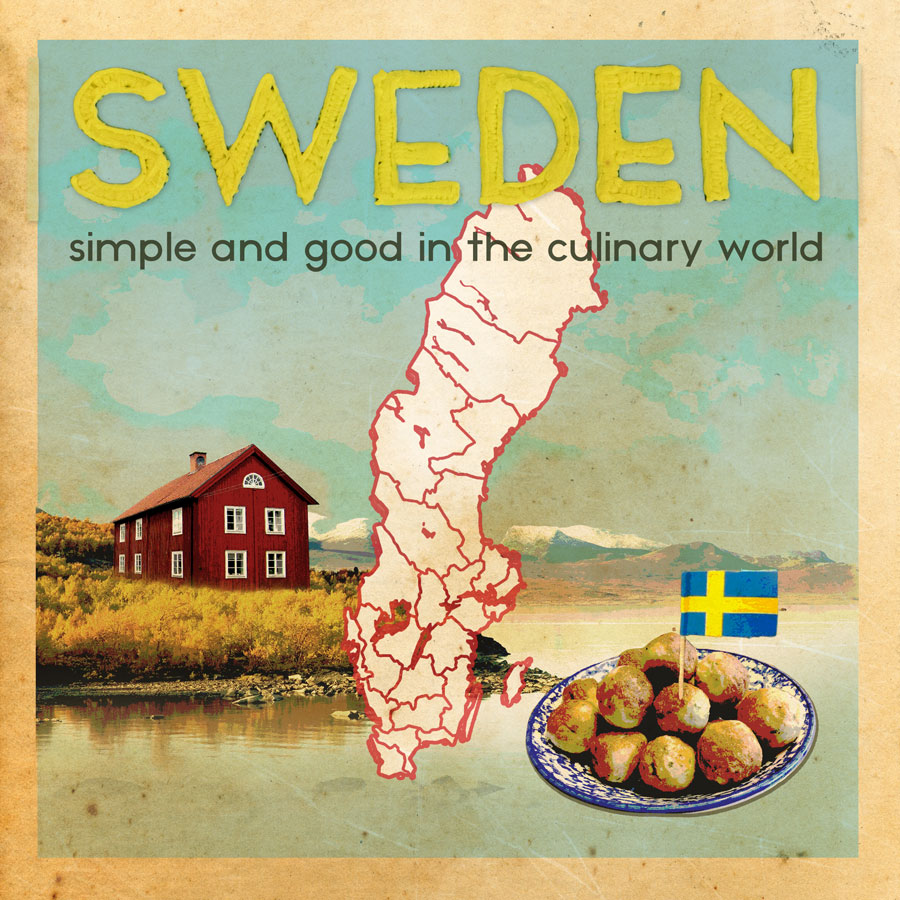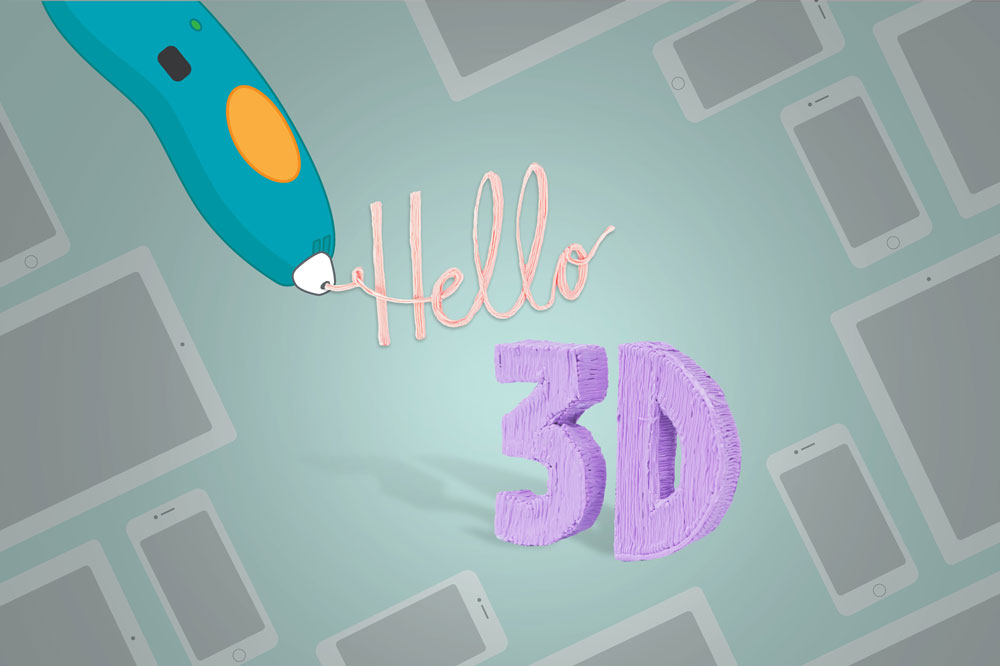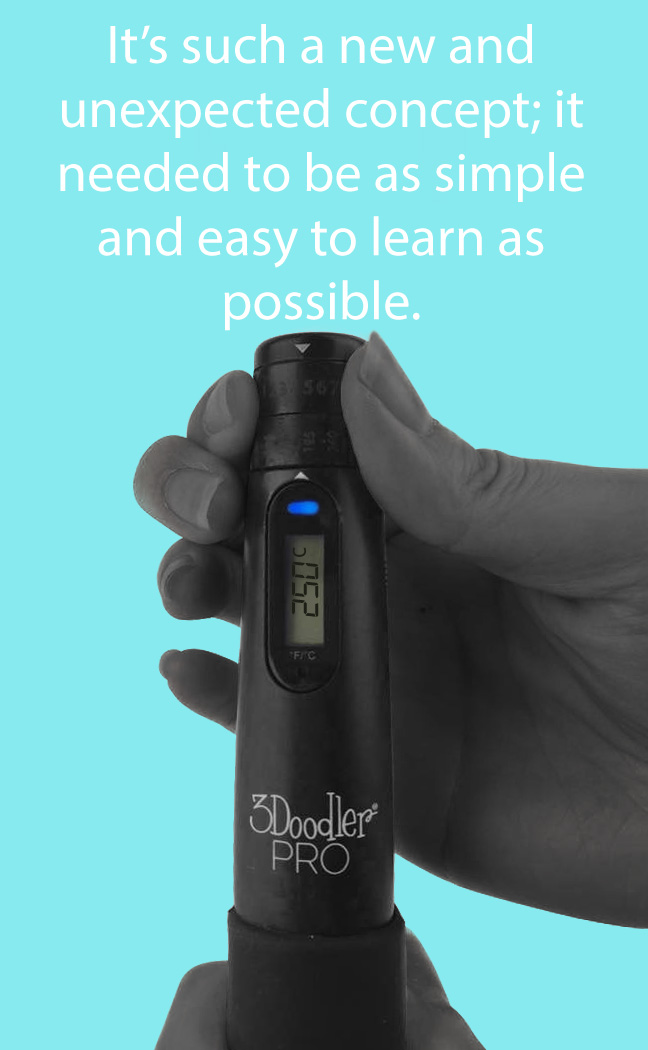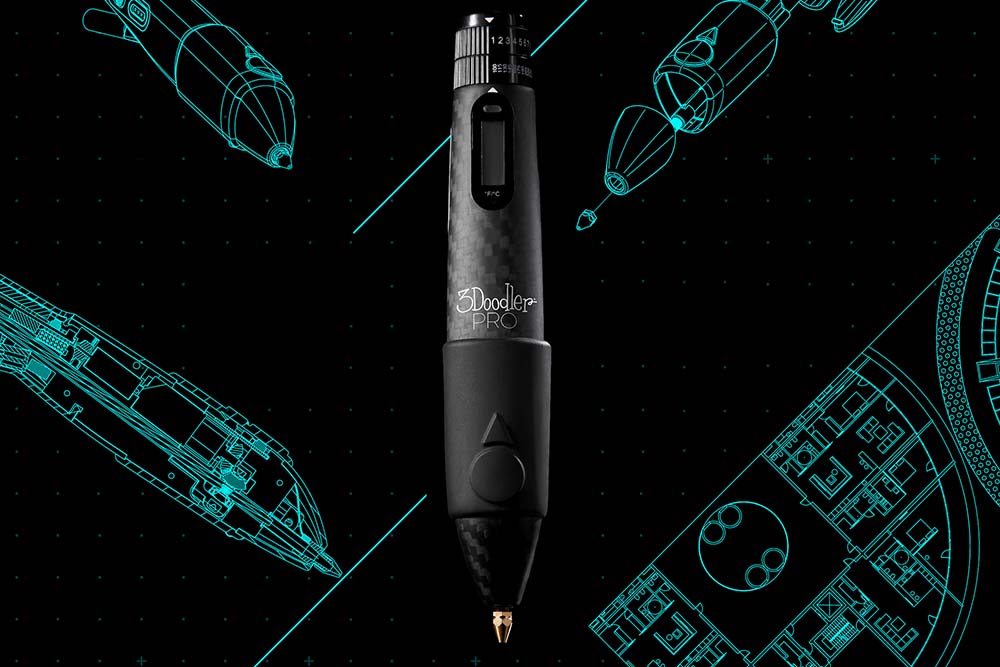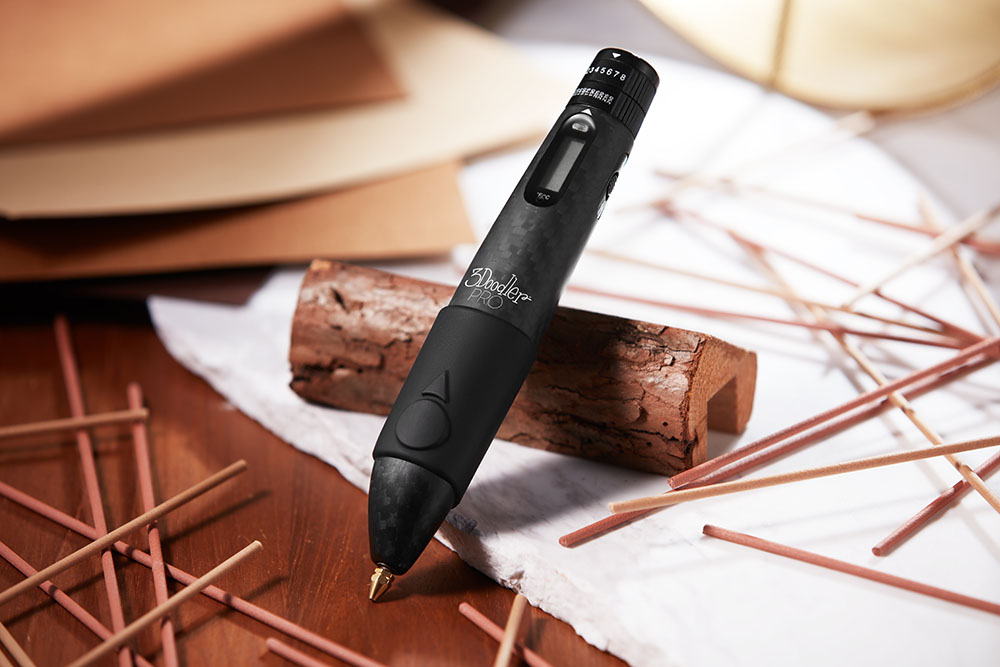Technology is changing the world, sometimes faster than education can keep up! With new career options developing, students now have a wider selection than ever before.
We believe in the importance of getting kids used to new tech and educational advancements early on. After all, this is what will shape the landscape for future career and job possibilities later on.
This week, we take a look at five new in-demand career options for STEM and tech-savvy students to consider.
Genetic Counselor
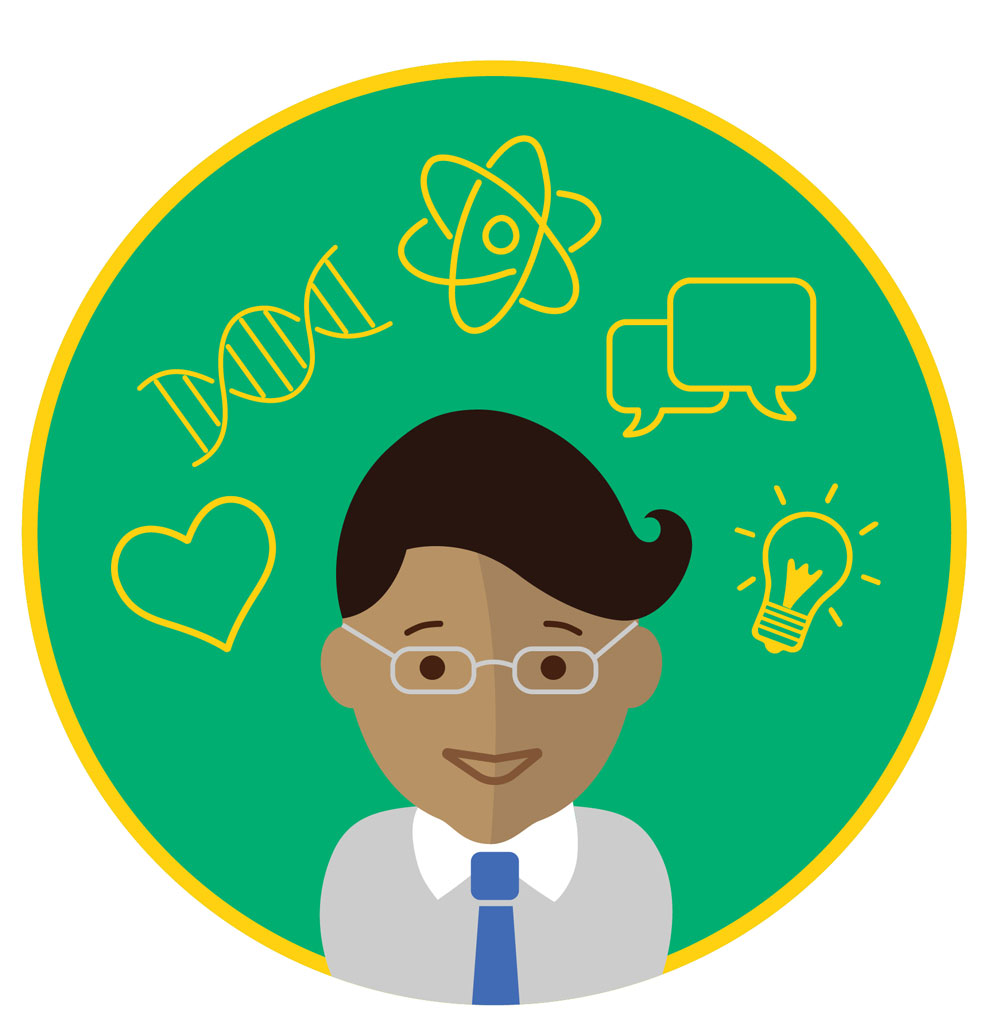
One field that has seen great benefits from new advancements in technology is medicine. New understandings of genetics and the data now available has opened up specialized opportunities for jobs that would have sounded like science fiction not too long ago.
Genetic Counselling can cover everything from cancer treatments to prenatal care and family planning. Some Genetic Counselors even specialize in specific fields like cardiology, neurology, or fertility.
Counselors look at each individual patient’s genetics, and examine the data to try and predict and prevent medical disorders. But the main part of the job, of course, is the patient. Genetic Counselors need to know how to connect and support each patient, and help explain the complicated medical side of things in ways that are easy to understand.
To be a Genetic Counselor, you’d need a Master’s degree in genetics, and likely would also need some certification in counselling as well. For students who love science and data, but are also very people-focused, this would be a perfect field to explore.
Nuclear Medicine Technologist

The job title alone seems daunting, but the actual job is less scary than it sounds. This is another new field that has sprung up alongside technological advancements in medicine—specifically all the new machinery that modern medicine relies on.
Nuclear Medicine Technologists operate all specialized medical equipment, like CT and PET scanners, gamma cameras, and other imaging tools used to help diagnose medical issues. The technologists need to know how to care for and operate the machines, a vital task considering how closely technology and medicine are tied.
And as medical technology continues to grow and improve, so will this career field. Continual developments and innovation means a need for technologists who understand and can work alongside doctors and patients to help reach a diagnosis.
The job doesn’t require a medical degree, but does take good interpersonal skills and attention to detail, as the machines are often delicate and complicated. An interest in robots and engineering is important, and there are accreditation programs available for students looking to enter this field.
Sustainability Manager
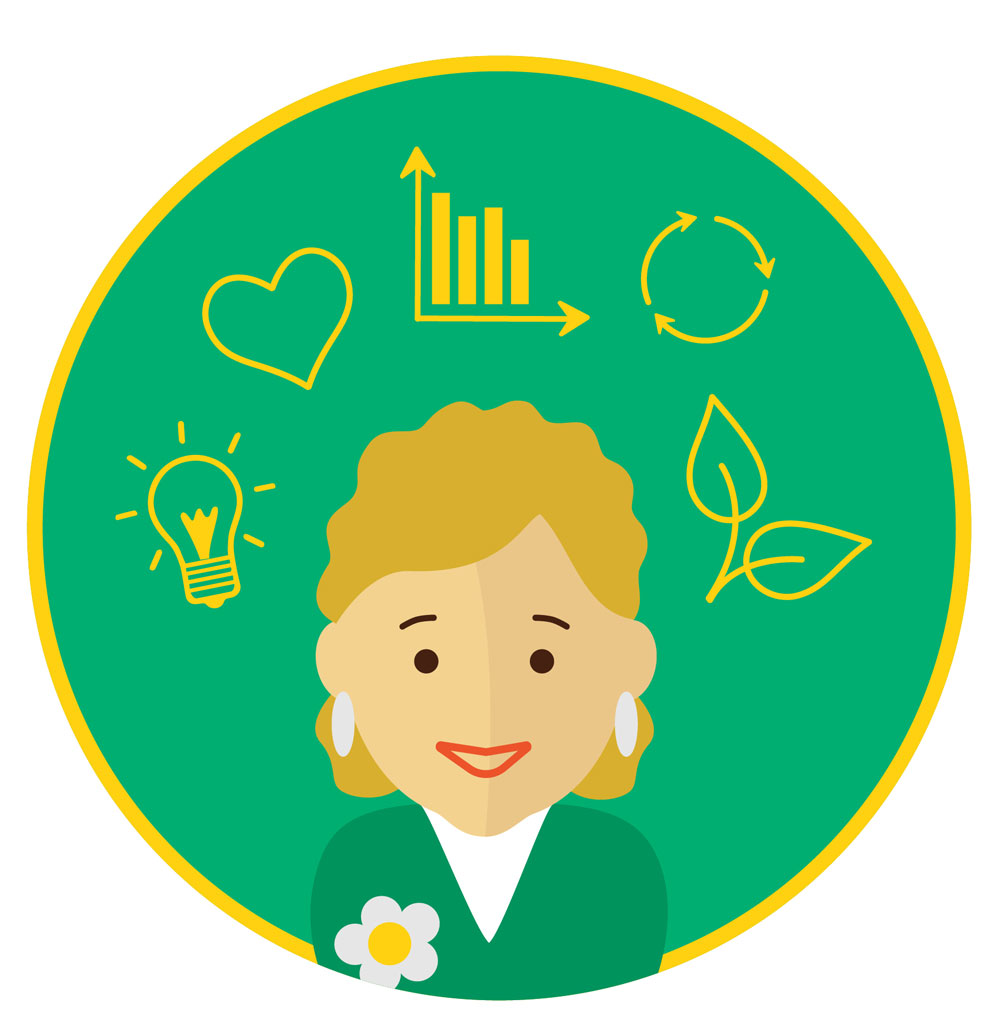
When it comes to business, everyone knows it’s all about the green. No, we’re not talking about money! The new trend for businesses is environmentalism and sustainability, and more and more companies are realizing that going green is the way forward.
That’s where Sustainability Managers come in. This role means making sure a company is doing all it can to enforce the most environmentally-friendly practices possible, but at the best price for the company. This takes a lot of creativity, and excellent communication skills to get everyone on board and make your ideas a reality.
And it’s not just companies that are looking to fill this new role. Everything from corporations to universities, and even large cities need Sustainability Managers to create long-term plans to help them go—and stay—green.
A degree in Environmental Science and a passion for saving the planet is the way to go for students interested in pursuing a career in this field.
Drone Operator
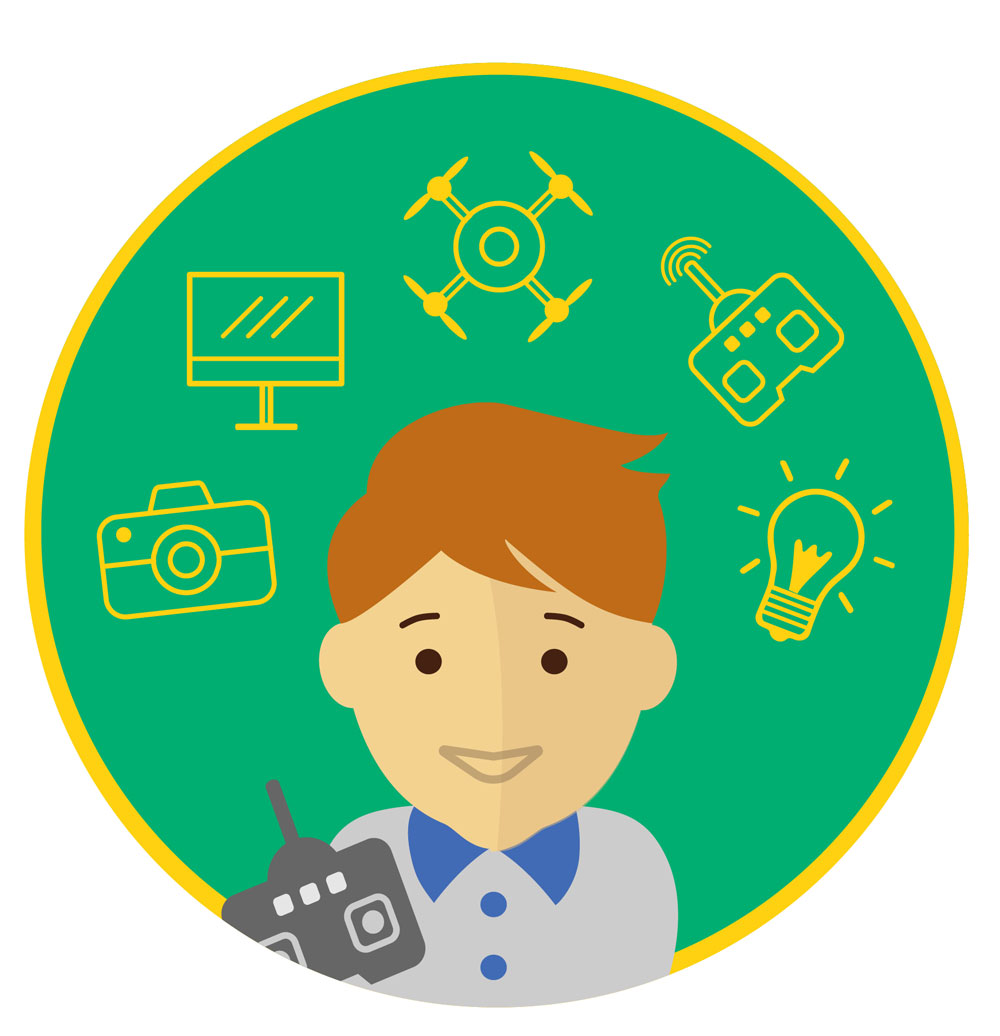
Unmanned Aerial Vehicles sounds more like a code name for flying saucers rather than a new career field. But UAVs and drones are flying us into the future, with major companies like Amazon, Google, and Facebook looking to expand their drone teams.
Drone Operators are in high demand, and for a large variety of purposes. While Amazon is looking to expand drone use for package delivery, news and media companies are looking for operators with more artistic talent to capture aerial footage in photos and videos.
For this new job field, the sky is the limit when it comes to possibilities. Some experts expect drones to be used in everything from agriculture to public safety, oil and gas exploration, and even in the film industry.
Some universities are already beginning to offer specialized courses in drone operation and manufacturing, but as it’s still a new field there are a lot of different backgrounds that students can explore. Drone Operators should have an interest in robotics and engineering, but can supplement this with skills in photography and videography, or other personal passions and interests.
Data Miner
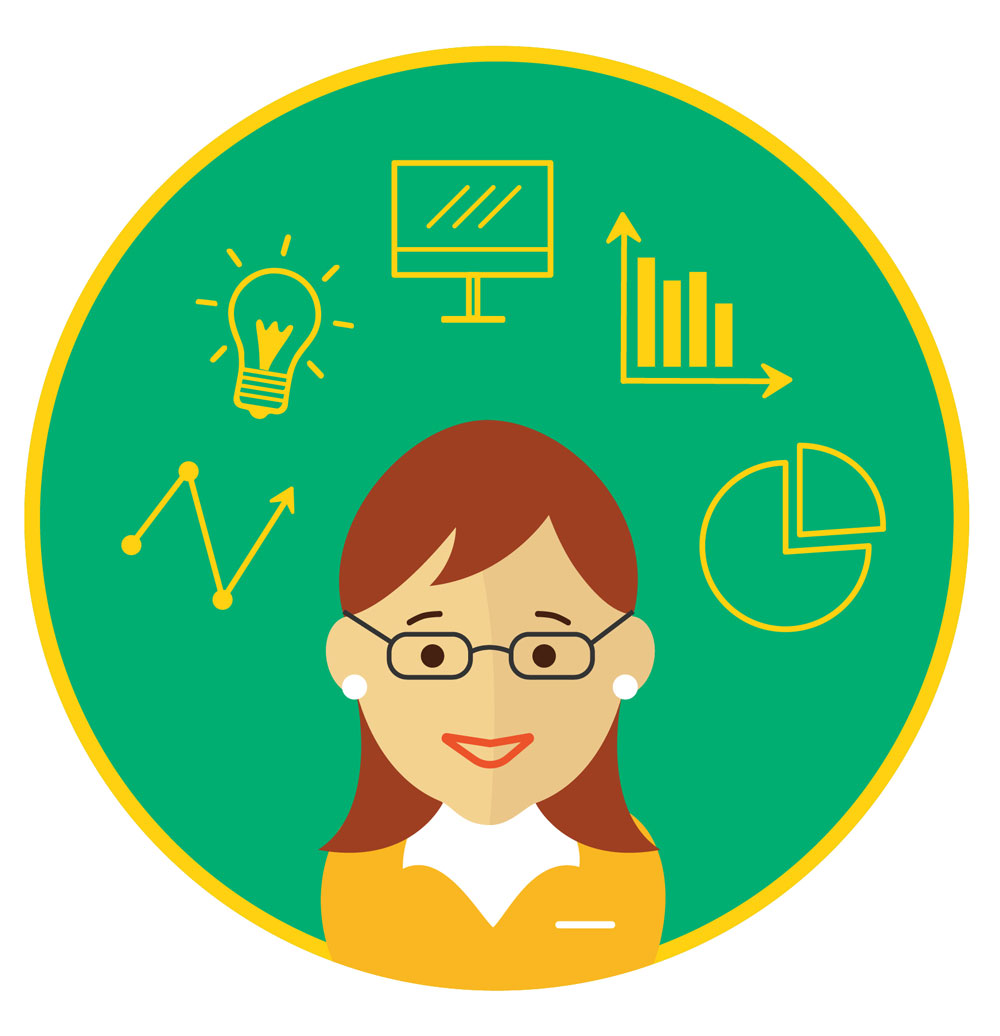
What’s more precious that rubies and diamonds? Data—for companies, at least. In our new digital age, customer information and behavioral patterns are crucial for businesses to stay on top of the game, and they need experts to make sense of all the data they collect.
Data Miners help companies deal with “Big Data”. They predict future trends based on current and past consumer behavior, all extracted from the world of data that businesses collect. Everything from transactions to complaints and even social media reviews gets picked through by Data Miners to find patterns and make sense of it all.
And there’s plenty of related jobs within this data-driven career field. Digital Marketing and Social Media Management are new roles that are also becoming increasingly necessary as consumers take to online platforms for everything from shopping to costumer service. Businesses are finding that having an online presence is vital, and they need people familiar with how social media works in order to get the job done.
As a brand new field, there are lots of educational paths students can take if they’re interested in a Data Mining or other digital careers. A degree in Library Sciences is great for Data Miners, while a background in marketing or writing is useful for other jobs within the social sphere.
For students looking for new career opportunities, imagination is really the only limit. We are constantly seeing new fields open up, often in places we never even thought of.
And of course, students always have the option to invent something completely new! After all, the 3Doodler didn’t even exist five years ago.![]()



